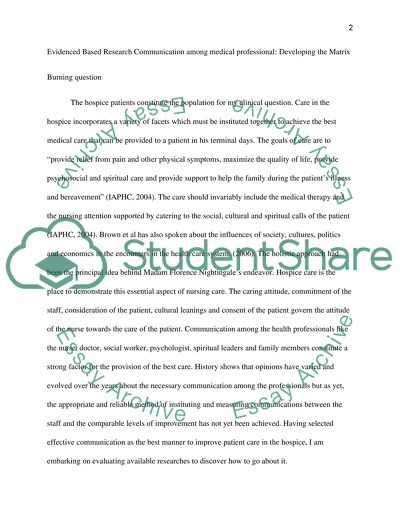Cite this document
(“Evidenced Based Research Communication among medical professional: Paper”, n.d.)
Evidenced Based Research Communication among medical professional: Paper. Retrieved from https://studentshare.org/nursing/1433304-evidenced-based-research-communication-among
Evidenced Based Research Communication among medical professional: Paper. Retrieved from https://studentshare.org/nursing/1433304-evidenced-based-research-communication-among
(Evidenced Based Research Communication Among Medical Professional: Paper)
Evidenced Based Research Communication Among Medical Professional: Paper. https://studentshare.org/nursing/1433304-evidenced-based-research-communication-among.
Evidenced Based Research Communication Among Medical Professional: Paper. https://studentshare.org/nursing/1433304-evidenced-based-research-communication-among.
“Evidenced Based Research Communication Among Medical Professional: Paper”, n.d. https://studentshare.org/nursing/1433304-evidenced-based-research-communication-among.


